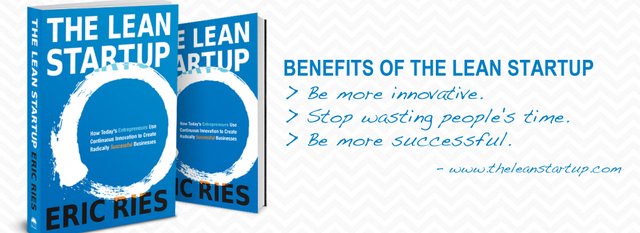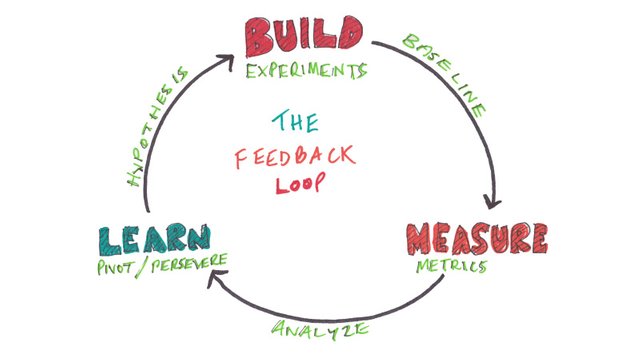
“Innovation is a bottoms-up, decentralized, and unpredictable thing, but that doesn’t mean it cannot be managed.” - Eric Ries
Eric Ries, an American entrepreneur born in 1978, presents in his book, The Lean Startup (published in 2011) a guide of useful tools and tactics to achieve the concept of lean, which means defining a
flow to deliver the product with quality(value) to the customer always seeking excellence, tactics are primarily startups, but they can also be very useful to entrepreneurs within large-scale enterprises.
The construction of a business plan is based on some assumptions that entrepreneurs believe to be true, in the example of creating a social network, entrepreneurs are likely to assume that customers will register on the social network, the client will have a good experience with the platform and thus bring friends, soon will be achieved a viral growth in the platform and consequently the success of it, but not always the assumptions are aligned with the needs of the market, for this it is necessary to test them, preferably the as soon as possible, we do not want to spend our resources creating a great product that in the end does not generate any value for the market, as Peter Drucker said: "There is nothing so useless as doing efficiently that which should not be done at all".
To avoid unnecessary efforts, I introduce you to the Build-Measure-Learn cycle. This methodology encourages startups to build and launch an MVP, Minimum Viable Product, which is nothing more than a version of the product so the customer understands how it works and sends feedback, empirical data will be analyzed and this will bring the precious validated learning which will reveal whether the startup is on track as intended by bringing value to the market or helps the startup to identify if it is in the wrong way (in the shortest possible time), probably needing a change (pivot). Notice that the build-measure-learn cycle takes us quickly to validate the assumptions: Hypothesis -> Test -> Validation.

The book goes into each of these categories and presents lean management tactics such as the five whys (root cause analysis), delivery of smaller and more frequent updates of the product to receive feedback with less time, when collecting the empirical data of a product, a cohort analysis (actionable metrics, accessible, auditable) should be done in order to evaluate the growth and not to make the error of the isolated use of vanity metrics in decision making, growth (Recurrent, Viral, Paid), among others.
I certainly recommend this book, during the reading the author presents several examples of his real experiences and others applying lean startup tactics, which greatly facilitated the learning of the content, I confess that I have no experience with entrepreneurship and after this rich reading I have been interested much more in this world, to finish the author reference several other books and blogs of innovation and business planning that will help you get the idea of the paper and put into practice.
Thank you for reading!
Congratulations @cryptokalva! You received a personal award!
You can view your badges on your Steem Board and compare to others on the Steem Ranking
Vote for @Steemitboard as a witness to get one more award and increased upvotes!
Downvoting a post can decrease pending rewards and make it less visible. Common reasons:
Submit